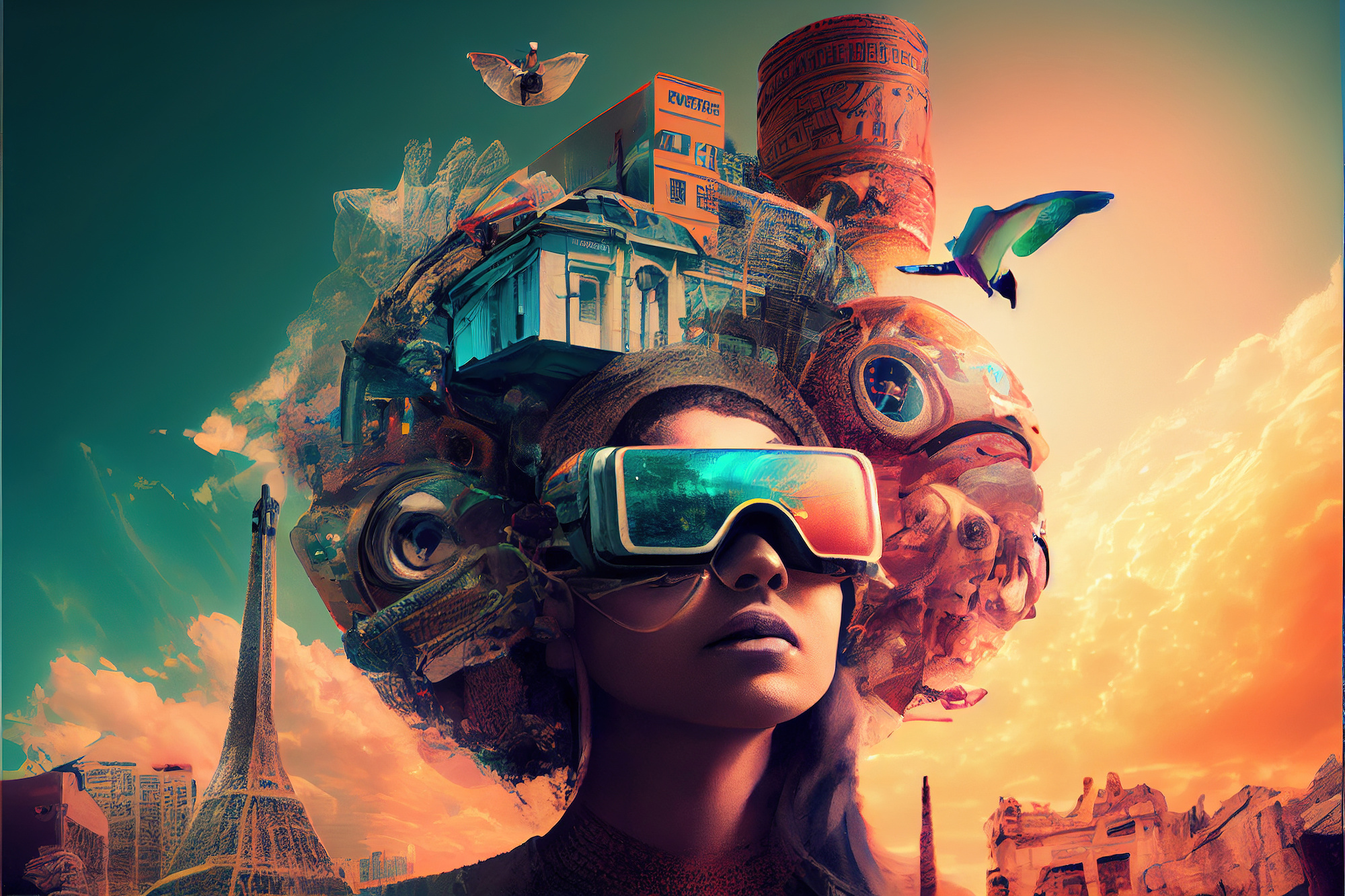As technology continues to advance, the rise of AI-generated content has become more prevalent across various platforms. With the increasing sophistication of AI algorithms, it has become increasingly difficult to distinguish between real people and artificially generated individuals.
In this article, we will delve into practical approaches to detect AI-generated people, shedding light on the key indicators and strategies to identify synthetic content. By examining the nuances and subtleties in language patterns and behavioral cues, we can gain valuable insights into uncovering the intricacies of AI-generated personas.
Understanding the Basics of AI-Generated People

In the realm of AI-generated people, it is essential to distinguish between synthetic personas and authentic individuals. One key aspect to consider is the diversity in the structure and length of sentences used in communication. Humans tend to express thoughts and ideas with a mix of long, intricate sentences interspersed with shorter, more straightforward ones.
In contrast, AI-generated individuals often produce text that lacks this varied sentence structure. By analyzing the composition of sentences and the overall pattern of communication, it is possible to detect AI-generated people and differentiate them from genuine human counterparts. Understanding these nuances can help us navigate the increasingly intricate landscape of artificial intelligence and its impact on our everyday interactions.
Identifying Common Characteristics of AI-Generated People

When examining AI-generated people, there are several common characteristics that can help distinguish them from human-generated content. One key indicator is the uniformity of their sentences. AI-generated people tend to produce text that lacks the natural variation seen in human writing, with sentences often following a consistent structure and length. Additionally, AI-generated people may display a lack of emotional depth or personal anecdotes typically found in human writing.
This impersonal and robotic tone can be a red flag when trying to determine if a text is generated by AI. Another characteristic to look out for is the use of overly complex vocabulary or technical jargon that seems out of place in context. By paying attention to these key characteristics, one can better identify AI-generated people and distinguish them from human-generated content.
Tools and Techniques for Detecting AI-Generated People

In the quest to distinguish between AI-generated people and real individuals, it is essential to utilize a combination of tools and techniques. One effective method is to analyze the consistency and uniformity of the text. AI-generated content tends to lack the variation in sentence structure and length that is characteristic of human writing. By comparing the flow and structure of sentences within a body of text, it is possible to identify patterns that may indicate artificial origin.
Additionally, employing natural language processing tools can help in detecting subtle anomalies in language use and syntax that are commonly found in AI-generated content. When armed with these tools and techniques, it becomes easier to separate the artificial from the authentic in the realm of AI-generated people detection.
Conclusion
In conclusion, detecting AI-generated people can be challenging but not impossible with proper tools and techniques. By utilizing advanced algorithms and vigilant monitoring, individuals can effectively identify synthetic faces and generated content. It is crucial to remain cautious when interacting with online profiles and to be aware of the implications of AI-generated individuals on various platforms.
As technology continues to advance, the ability to create increasingly convincing AI-generated people will only grow. Therefore, staying informed and vigilant is essential in navigating the evolving landscape of artificial intelligence. Remember, this person does not exist, but the impact of AI-generated individuals is very real.




